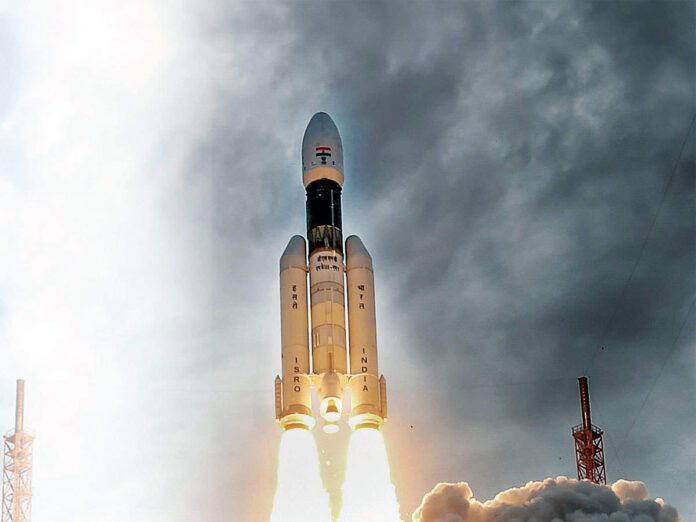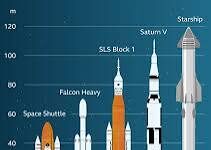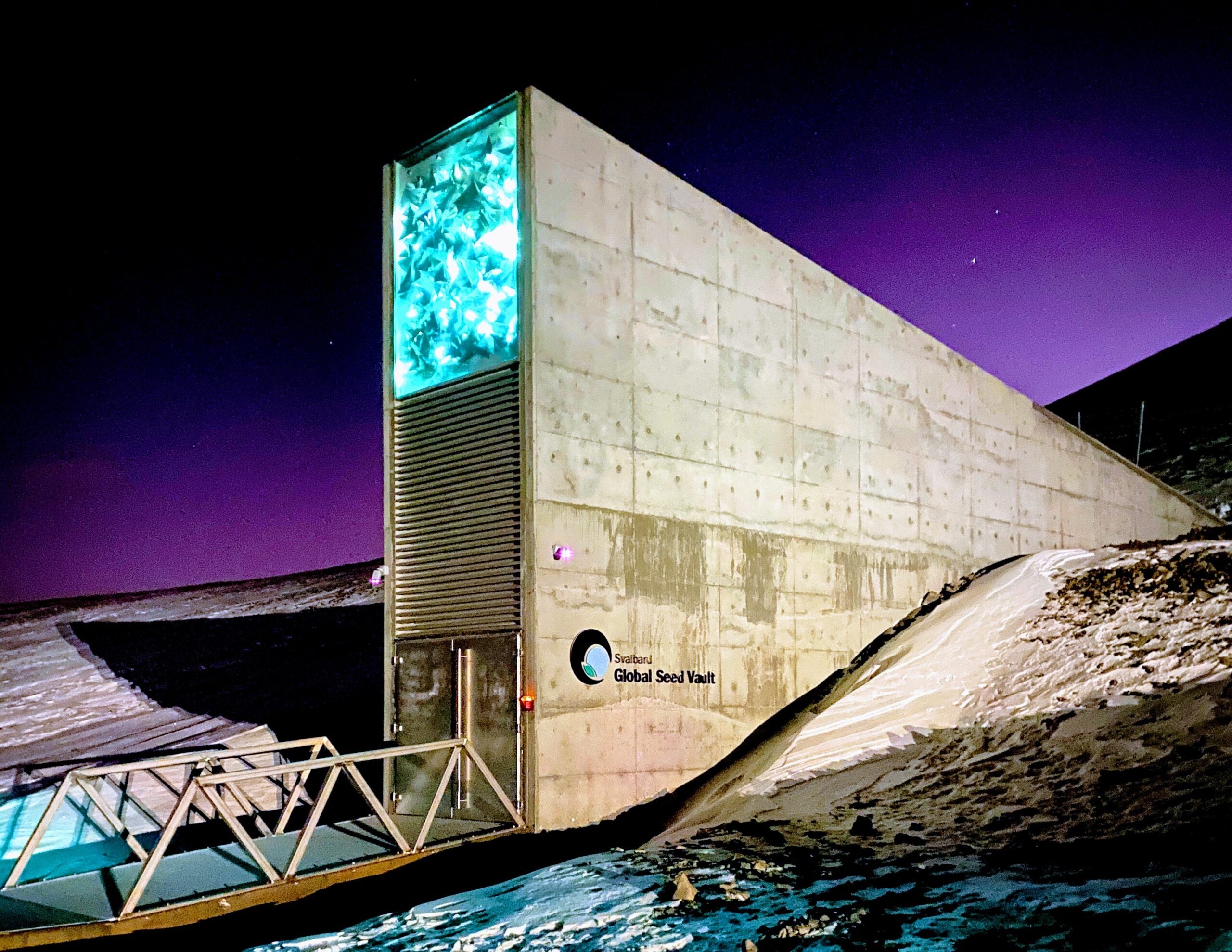Introduction:
Chandrayaan-2 India’s Giant Leap Towards Lunar Advancements was India’s second lunar exploration mission, designed to build on the success of its predecessor, Chandrayaan-1. Launched by the Indian Space Research Organisation (ISRO) on July 22, 2019, Chandrayaan-2 represented a significant milestone in India’s space program, showcasing the nation’s growing capabilities in space exploration. This ambitious mission aimed to explore the Moon’s south polar region, conduct scientific experiments, and further our understanding of the lunar surface and its history.
Mission Objectives:
Chandrayaan-2 had several scientific and technological objectives that sought to contribute to lunar science and demonstrate India’s proficiency in space exploration:
- Soft Landing on the Moon: The mission’s primary goal was to achieve a soft landing on the lunar surface with the Vikram lander, making India the fourth country to accomplish this feat after the United States, the Soviet Union, and China.
- Rover Exploration: The mission included a rover named Pragyan, designed to explore the lunar surface, analyze soil samples, and conduct experiments to gain insights into the Moon’s geology.
- Lunar Mapping: Chandrayaan-2 aimed to create high-resolution three-dimensional maps of the lunar surface, providing detailed data on its topography and mineral composition.
- Water Ice Detection: The mission sought to confirm the presence of water ice in the permanently shadowed regions of the Moon’s south pole, building on the water discovery made by Chandrayaan-1.
- Demonstration of Technology: Chandrayaan-2 aimed to showcase India’s technological capabilities in lunar mission planning, navigation, and control systems.
Launch and Journey to the Moon:
Chandrayaan-2 was launched from the Satish Dhawan Space Centre in Sriharikota using the powerful Geosynchronous Satellite Launch Vehicle Mark III (GSLV Mk III). The launch, originally scheduled for 14 July 2019, was postponed due to a technical glitch in the cryogenic stage of the launch vehicle.
The spacecraft’s journey to the Moon involved several complex orbital maneuvers, starting with Earth parking orbits and progressively increasing the spacecraft’s velocity to escape Earth’s gravity. After several Earth-bound maneuvers, Chandrayaan-2 entered the lunar transfer trajectory, which allowed it to travel toward the Moon’s orbit.
Lunar Orbit Insertion and Landing:
On September 2, 2019, Chandrayaan-2 successfully performed a lunar orbit insertion maneuver, allowing it to be captured by the Moon’s gravity and enter into a lunar polar orbit. After completing several orbit-reducing maneuvers, the Vikram lander separated from the orbiter to begin its descent to the lunar surface.
On September 7, 2019, as Vikram approached the lunar surface during its descent phase, communication was lost with the lander just minutes before its expected landing. Despite the unfortunate loss of communication, ISRO’s Chandrayaan-2 mission was praised for its daring attempt at a soft landing, and the orbiter continued to function successfully, performing scientific observations from lunar orbit.
Scientific Payload:
Chandrayaan-2 was equipped with a suite of advanced scientific instruments to achieve its objectives:
- Terrain Mapping Camera 2 (TMC-2): TMC-2 captured high-resolution images of the lunar surface to create detailed topographic maps.
- Solar X-ray Monitor (XSM): XSM aimed to study X-ray emissions from the Moon and provide data on its mineral composition.
- Dual Frequency Synthetic Aperture Radar (DFSAR): DFSAR was used to study the water ice content in the permanently shadowed regions of the lunar south pole.
- Large Area Soft X-ray Spectrometer (CLASS): CLASS was designed to study the distribution of key elements on the lunar surface.
- Dual Frequency Radio Science Experiment (DFRS): DFRS aimed to study the electron density of the Moon’s ionosphere.
Outcomes and Scientific Contributions:
Although the Vikram lander lost communication during its descent, the Chandrayaan-2 mission achieved significant success with its orbiter. Some key outcomes and scientific contributions of the mission include:
- High-Resolution Lunar Mapping: The orbiter’s Terrain Mapping Camera 2 provided detailed topographical data, contributing to a better understanding of the Moon’s surface features.
- Lunar Water Ice Confirmation: The Dual Frequency Synthetic Aperture Radar (DFSAR) on board the orbiter confirmed the presence of water ice in the permanently shadowed regions of the Moon’s south pole, building upon the water discovery by Chandrayaan-1.
- Lunar Geology and Mineralogy: Data from various scientific payloads allowed researchers to study the Moon’s geological history and mineral composition in greater detail, enhancing our understanding of lunar evolution.
- Technology Demonstration: Chandrayaan-2 demonstrated India’s technological expertise in interplanetary navigation, lunar orbit insertion, and scientific instrumentation.
- International Collaboration: The mission fostered international collaboration, with NASA contributing the Laser Retroreflector Array (LRA) on the lander for precise measurements of the Earth-Moon distance.
Conclusion:
Chandrayaan-2 was a significant achievement for India’s space program, despite the partial success of its lander. Chandrayaan-2’s scientific discoveries and technological advancements have paved the way for future lunar missions, and it remains a source of pride for India’s space community and a symbol of the nation’s commitment to pushing the boundaries of space exploration.
Also Read: Amazon’s Bedrock: Redefining Generative AI with Llama 2 Integration










